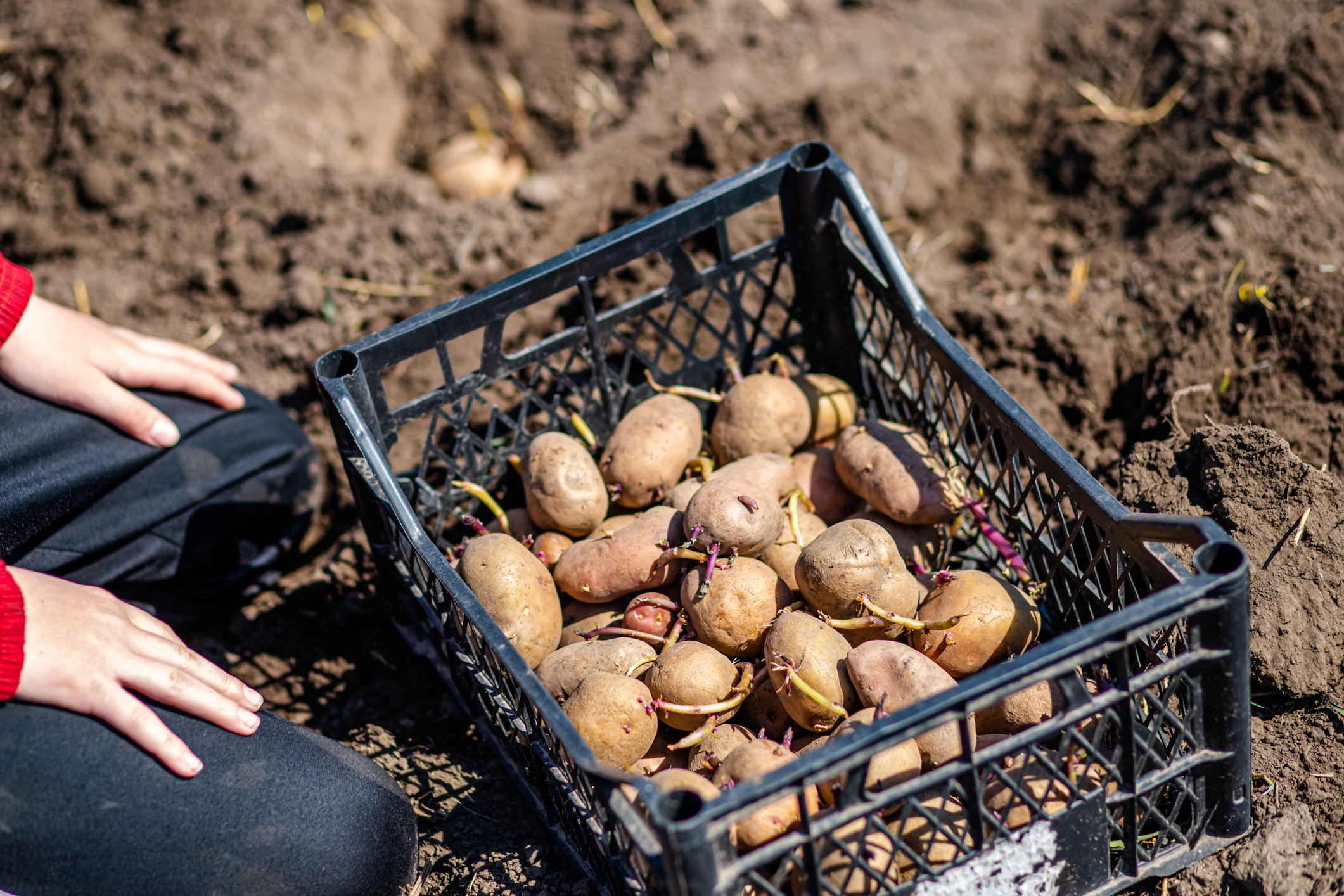Potatoes are a staple crop in many households and can be grown in a variety of climates, including New Jersey. Whether you’re a seasoned gardener or just starting, planting potatoes can be a fun and rewarding experience. In this beginner’s guide, we’ll take you through the process of planting potatoes in New Jersey.
Choosing the Right Time and Place
The best time to plant potatoes in New Jersey is in early spring, around mid-March to early April. This is when the soil has warmed up to around 45-50°F, which is the ideal temperature for potato seeds to germinate. It’s important to choose a sunny location with well-drained soil, as potatoes prefer loose soil that is not too wet. They also need plenty of sunlight, so choose a spot that gets at least 6-8 hours of direct sunlight per day.
Preparing the Soil
Before planting, it’s important to prepare the soil by removing any rocks or debris and tilling the soil to a depth of at least 8 inches. Adding compost or organic matter to the soil will help improve the soil structure and provide nutrients to the growing potatoes. You can also add a slow-release fertilizer to the soil to give the potatoes an extra boost of nutrients.
Planting the Potatoes
To plant the potatoes, cut them into small pieces, making sure each piece has at least one “eye” or sprout. Allow the cut pieces to dry out for a few days before planting to prevent rotting. Then, dig a trench about 4-6 inches deep and place the potato pieces about 12 inches apart in rows, with about 2-3 feet between each row. Cover the potato pieces with soil, leaving about an inch of soil on top.
Caring for the Potatoes
After planting, water the potatoes regularly, making sure not to overwater as this can lead to rotting. When the plants reach a height of about 6 inches, it’s time to “hill” them. This means piling soil up around the base of the plants to encourage the potatoes to grow underground. Repeat this process every few weeks as the plants grow taller.

